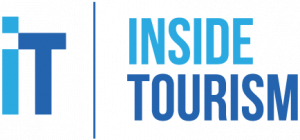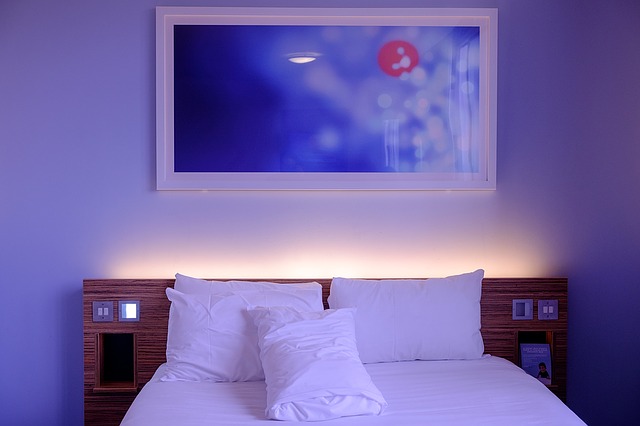This Content Is Only For Subscribers
New Zealand hotels recorded their strongest monthly performance in nearly two years, as major events and a lift in Australian visitor arrivals boosted occupancy and revenue across the country.
According to the latest New Zealand Hotel Performance Focus report by Horwath HTL and Hotel Council Aotearoa, nationwide revenue per available room (RevPAR) rose 10.7 per cent in September compared with the same month last year — the highest growth rate since December 2023.
The surge effectively restores performance to September 2023 levels, after a 10 per cent dip the previous year.
Horwath HTL says the rebound was largely driven by strong demand from trans-Tasman travellers and large-scale events, which lifted occupancy in both main centres and regional destinations.
International visitor arrivals increased 8 per cent year-on-year, led by a 13 per cent rise in arrivals from Australia, which accounted for 59 per cent of total inbound visitors. By contrast, arrivals from the USA fell 1 per cent and China dropped 5 per cent. Total arrivals remained 5 per cent below pre-Covid 2019 levels, with only Australia fully recovered.
Auckland and Wellington surge on event calendar
Auckland hotels reported a 9.5 per cent rise in RevPAR — their first substantial lift in seven months — buoyed by two All Blacks rugby tests at Eden Park. Occupancy peaked at nearly 87 per cent during the Springboks match, more than 20 percentage points higher than typical Saturdays without events, while average daily rates (ADR) climbed to $253, a 35 per cent increase on the previous week.
Wellington also posted strong results, with RevPAR up 14 per cent year-on-year. The city hosted an All Blacks test against South Africa and the early start of the World of Wearable Arts Show, which drove occupancy to 92.3 per cent on key nights.
Regional markets steady
Rotorua recorded a 10 percentage point occupancy lift to 68 per cent, supported by school holidays falling earlier this year and a 6.3 per cent rise in ADR. The city continues to rebalance toward higher-yielding domestic visitors, with Chinese visitor room nights dropping from 16 per cent in 2019 to just 3 per cent last month.
Christchurch reported an 8 per cent occupancy increase, underpinned by conferencing at Te Pae, growing wholesale business, and a 25 per cent jump in arrivals from Australia.
However, despite solid demand growth, average rates remained flat.
In Dunedin, occupancy surged from 58 to 71 per cent, driven by conferences, major infrastructure projects, and two Hot Wheels Monster Truck events.
Queenstown maintained steady momentum, closing the third quarter with 9.4 per cent year-on-year RevPAR growth, supported by ongoing increases in Australian arrivals.
Premium segment outperforms
Nationally, 5-star hotels continued to outperform, achieving 72 per cent occupancy — five points above the market average — despite representing the largest share of new hotel supply in recent years. Their sustained strength suggests traveller preference for newer, higher-end properties, though it continues to pressure pricing in the 4.5-star segment.
Looking ahead
International air capacity into Auckland is now operating at about 92 per cent of 2019 levels, with additional routes expected over summer. Horwath HTL notes that the upcoming 12-month visa waiver trial for Chinese travellers holding Australian visas, effective from November, may further stimulate visitor arrivals from China and support continued hotel demand growth through the peak season.



